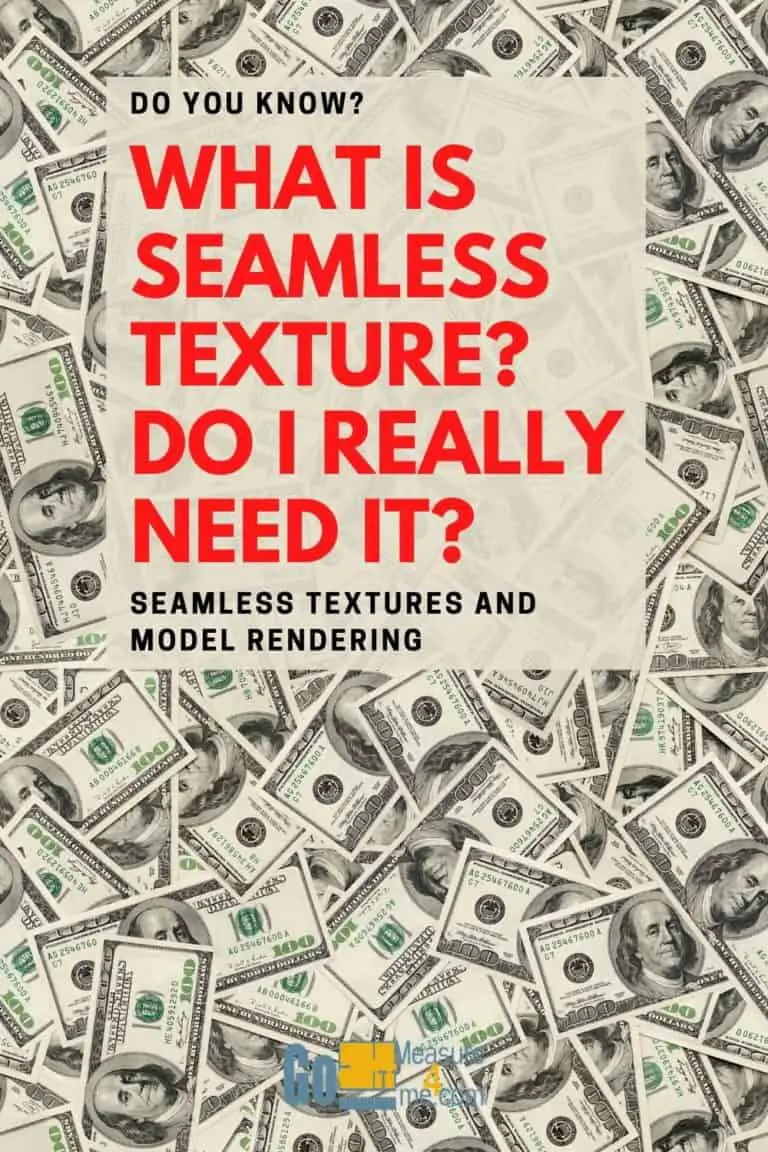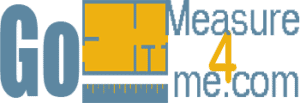When an image can be placed side by side with itself, and where no visible boundary can be seen, from which you can distinguish the parts placed together, is a Seamless Texture.
Seamless Textures hold great importance in 3D computer artwork. Textures are essential for 3D designing and computer-based animations. The depth and quality are determined by their effectiveness & realness while visualizing it. The seamlessness of the texture is what makes it unique.

Rendering
Photo rendering is an image synthesizing process where 2D or 3D models are used for generating a photorealistic image by using computer graphics. The image, thus created, is called render. The images so formed have lighting, textures, and viewpoints.
It usually is the last step while creating models or simulations. Rendering is used in a wide variety of 3D modeling, animations, Gaming, and Virtual Reality Experience.
Usage Of Seamless Textures And Rendering
The 3D seamless texture modeling is used in a lot of areas in day to day life as well, and some of them are:
- Modern Flooring and tilings: the Flooring that has been in usage these days require seamless tiles and laminations.
- 3D model development and gaming are major fields where seamless texturing is used along with rendering to make the models more realistic.
- Wall Paintings and Wallpapers: using paintings and wallpapers for the walls of the room adds a quotient to the home decor and is widely used these days.
- Textile Industry: The textile industry tops the list of usage of Seamless Texture. If you look closely and observe, everything that you wear is made via yarn, woven in a similar kind of patterns.
Textures And Unreal Engine - Why It Matters?
The Unreal Engine is a real-time 3D creation tool. It is the Engine and Editor, which uses realistic rendering, dynamic physics, and graphic effects such as animation, the transition of data for the creation of Games Engine, Virtual Reality, Augmented Reality, and everything that deals with interactive interaction between the computer and humans.
If you observe a Material intently, you will notice that the Textures utilized in the Material separate and become extremely pixilated, bringing about something that doesn’t look awesome. To address this issue, you can utilize what is known as a Detail Texture to help shroud a Textures pixelation when a material is zoomed in.
Seamless Texturing permits you to have an illusion of more Realistic details in a Texture by acquiring an exceptionally rehashed Diffuse and Normal guide blend which layers over the first Diffuse and Normal for an article. This gives the deception of more exceptional detail at short proximity than regularly would be conceivable.
Ambient Occlusion
Ambient occlusion is used for 3D modeling, computer-based graphics, animation, etc. It is a tool that uses shading and rendering for calculation of exposure for every element in the frame to ambient lights. For a more in-depth understanding, the inside of a cubical box is always darker than the outer walls. Hence, Ambient Occlusion is a crucial tool to understand the effects of light and exposure.
Ambient occlusion is used in real-time games, where scene geometry plays a vital role in making it look more realistic—thus offering a better perception of 3D models.
Accessibility shading is a significant element of Ambient Occlusion. It is used to determine appearance via how easily a surface can be touched using the variables like Light, dirt, etc. It has highly efficient and straightforward to use, thus making it a popular animation tool.
Bump Mapping
Bump mapping is a technique that is used for texture mapping. It is used to simulate the texture or bumps of the object in the scene in Computer graphics.
The surface normals of the object are perturbed using perturbed normals undergoing at the time of calculations of light.
Normal Mapping
The normal map or Dot3 bump mapping is a texture mapping technique used to face the bumps and lights on the object surface, giving it a higher depth altogether. It is usually used for enhancing the detailings of a low polygon map by creating a normal map from hight polygon or the heightmap.
The surface normal in normal maps is stored in terms of RGB map components which correspond to the x,y, and z of the surface normals.
It is usually done by utilizing a 3-channel bitmap texturing over the model, and more itemized typical vector data can be encoded. Each direct in the bitmap compares to a spatial measurement (X, Y, and Z). This adds considerably more detail to the outside of a model, particularly related to cutting edge lighting procedures.
Bump maps and Normal maps are similar to each other.
The primary difference is that normal maps carry more information in them as they use the RGB structure to give a more accurate bump effect. The RGB information in the normal maps corresponds to the X, Y, Z-axis.
Whereas the Bump maps use only the black and white mapping and shading for the study of depths of an object in a scene.
PBR Textures
The PBR texturing in computer graphics is Physical Based Rendering. It helps in rendering graphics for accurate modeling of the light sources of the real world.
This model works in accordance with the lights and shadows of the object and gives an accurate vision of how the objects in a scene interact with the light falling on them, also known as the Photorealism.
It is used to have a quicker approximation of the bidirectional reflection distribution and rendering.
Maps And Its Types
Albedo Map
Albedo is an image mapping technique where the image textures have no lights and shadows. By using the Albedo mapping, you can control the amount of light and shadow you want to cater to an object in the scene.
Albedo mapping is used to define the amount of light diffusion. This means that the real-world objects do not reflect or absorb the light fallen on them completely, and hence Albedo is needed for such realistic and seamless modeling.
Displacement Map
The displacement mapping is used for the Manipulation of the position of the rendered faces by using input texts or 3D and 2D image models.
It usually behaves like the Texture channel. But, the faces that are to be rendered smoothly are too small, and it affects the CPU time and consumes a lot of memory space.
Displacement Map creates surface reliefs for plane objects maps using the grayscale textures. Depressions and Elevations are important components while creating a displacement map of an object
You can play with the deep surfaces and shadows, casting or recasting the shadows via Displacement mapping.
Roughness Map
Roughness mapping is a significant component of PBR shader. It is in charge of the reflection and sharpness of an object and is attached to the Roughness input plugin.
This is used to suppress the glossy factor in an object which can occur due to the reflection or a lot of light sources on the object. Which, in turn, controls the glossiness or the roughness of the image. If the roughness input is increased, the glossiness is reduced. And if the image is supposed to reflect more light, the Glossiness input is increased, thus lowering the roughness.
Based on the roughness mapping, the object or image can either be smoothened or made more textured.
White depicts rough surfaces, while black depicts glossy surfaces.
Metalness Map
The metal maps prevent the usage of colors, which in turn saves the CPU time and memory.
Usually, while metal texturing, black is used as a diffusion color. So, in metal mapping, white and black texturing is done. These textures are used as masks and show the metal-like areas as black and the nonmetallic area as white or a color other than black.

